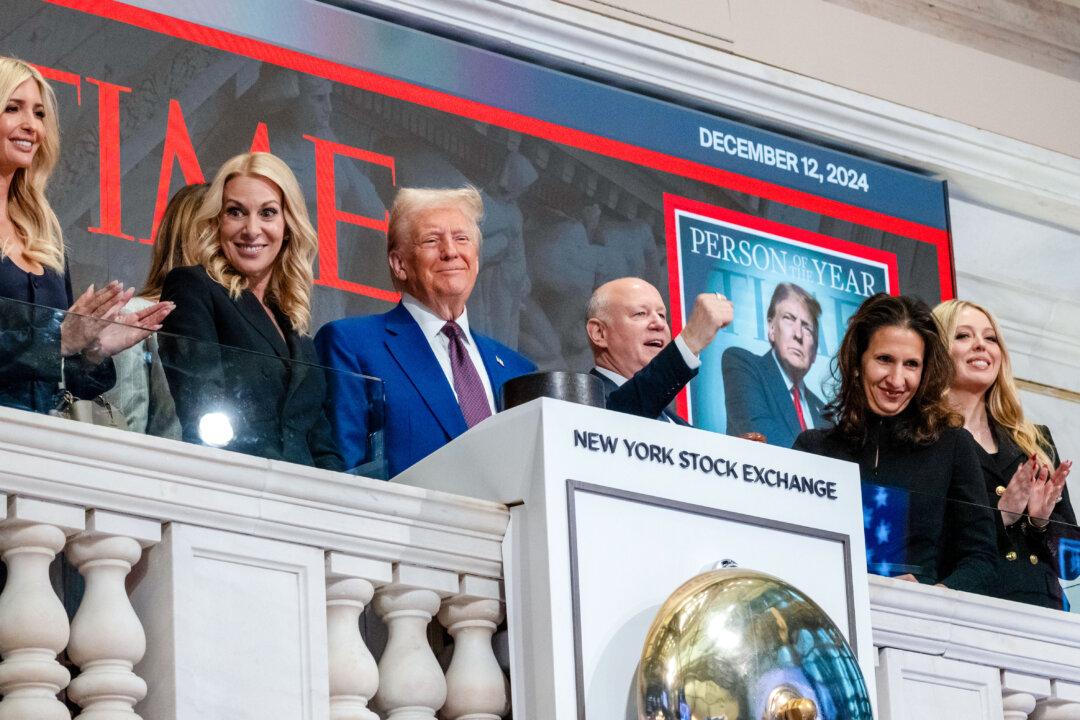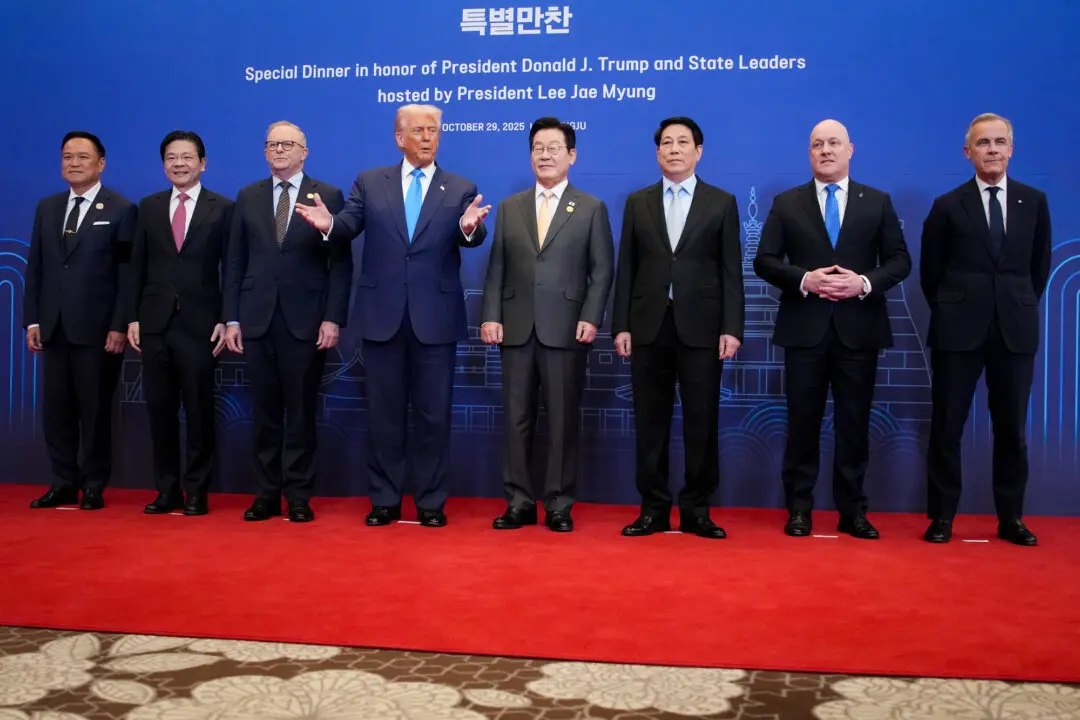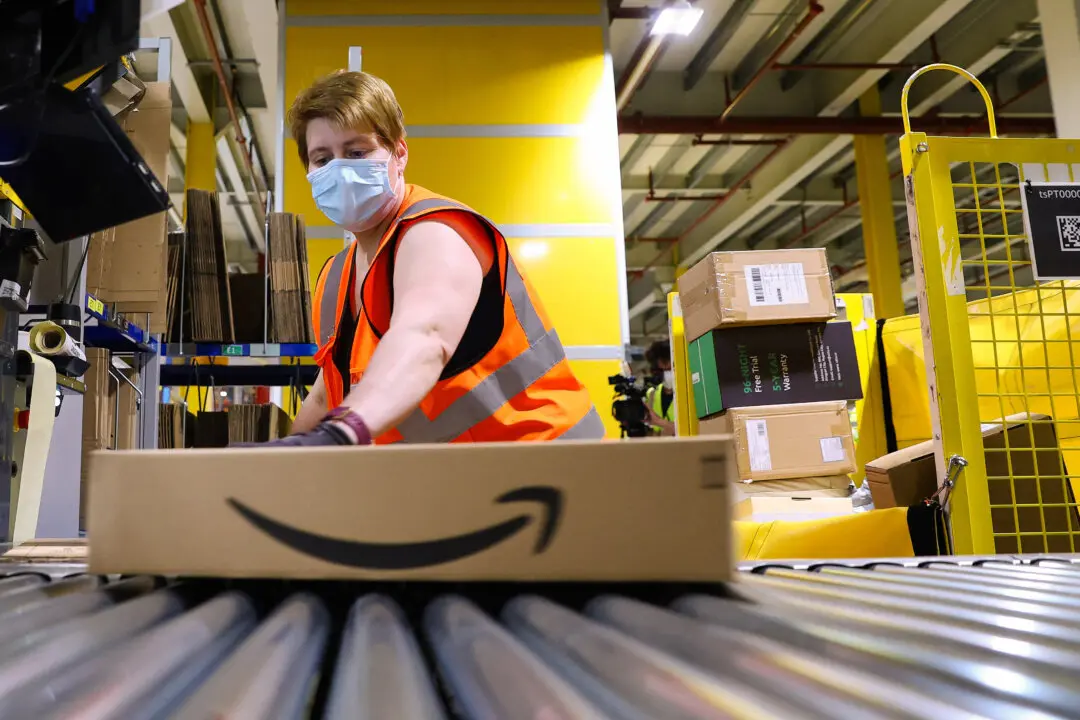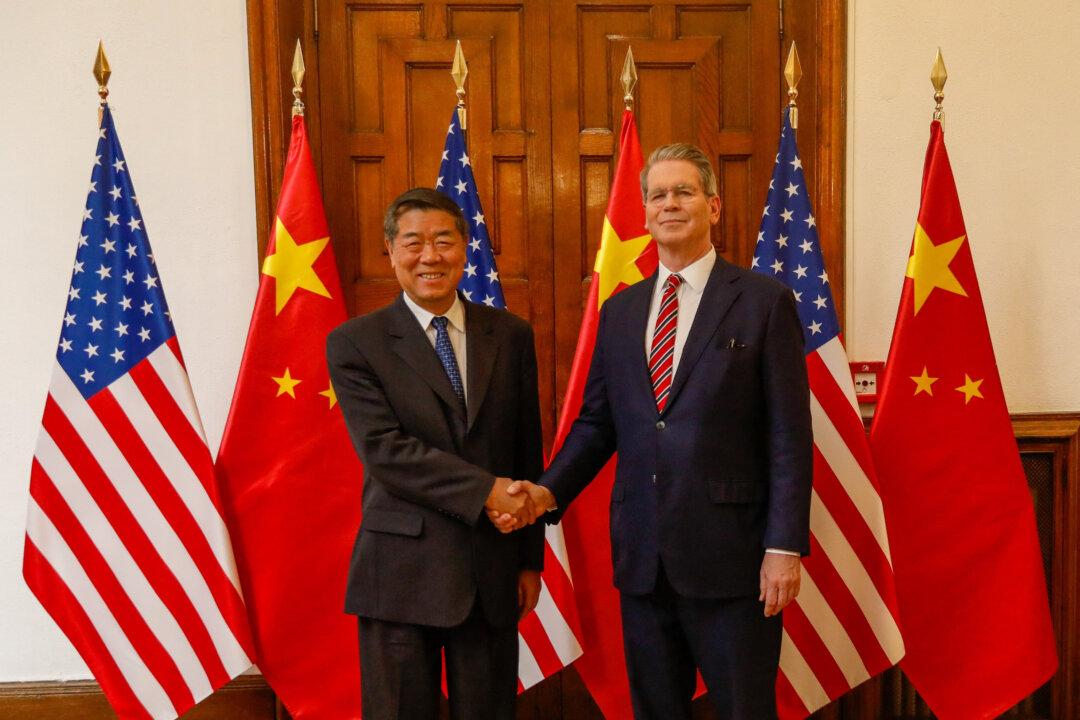Commentary
Historically, December tends to be flat in the first half but explosive in the second half. Sure enough, we’ve seen small gains in the first half of December, but the Federal Reserve’s expected rate cut on Dec. 18, plus the formation of a growth-oriented Trump Cabinet and the holiday spirit, should fuel more gains by year’s end.





